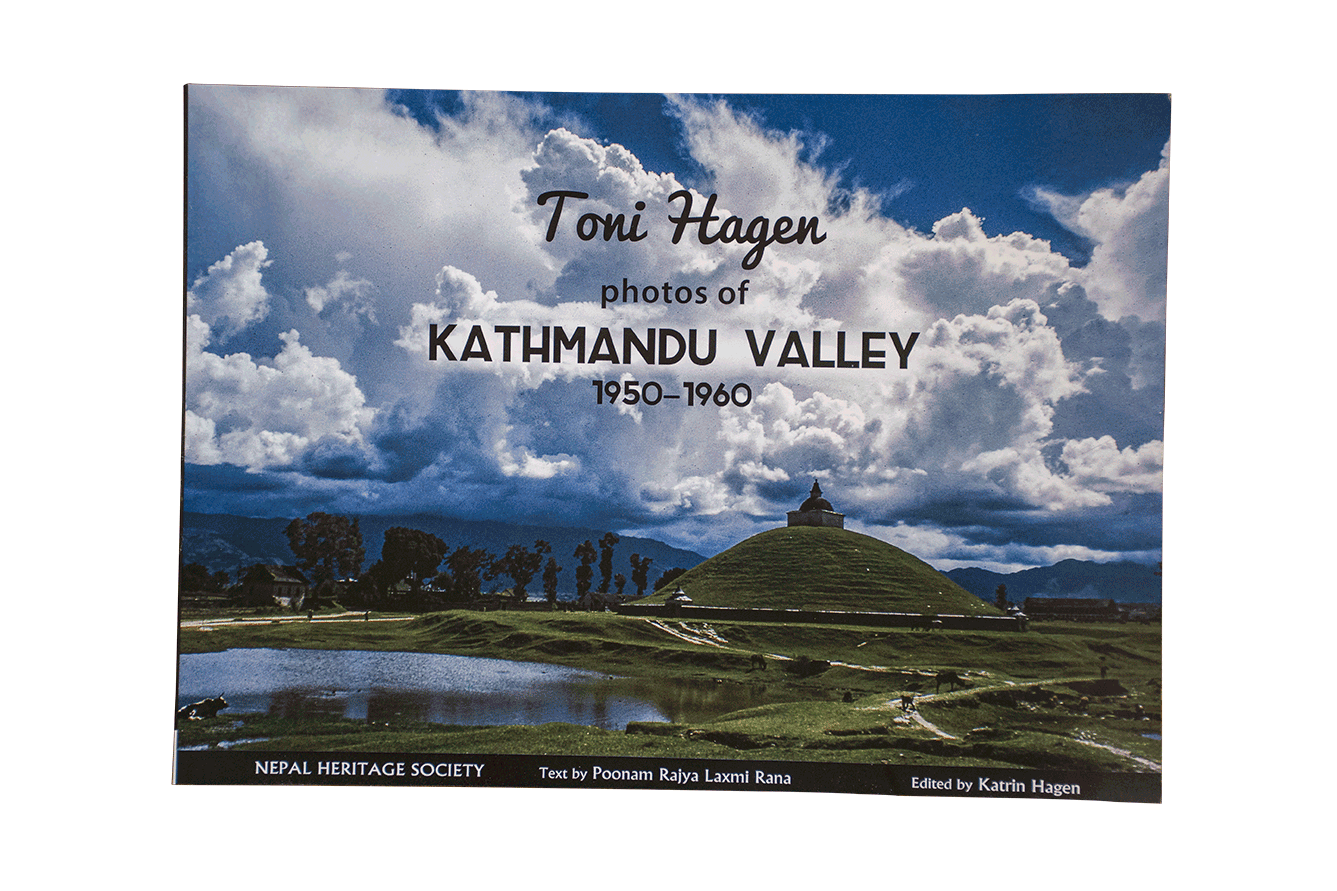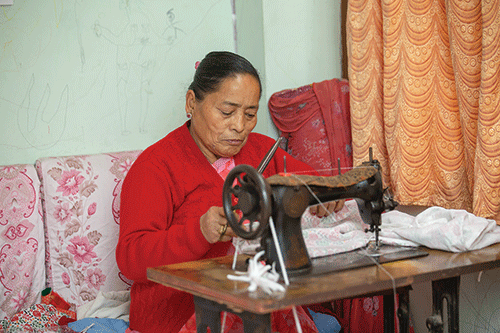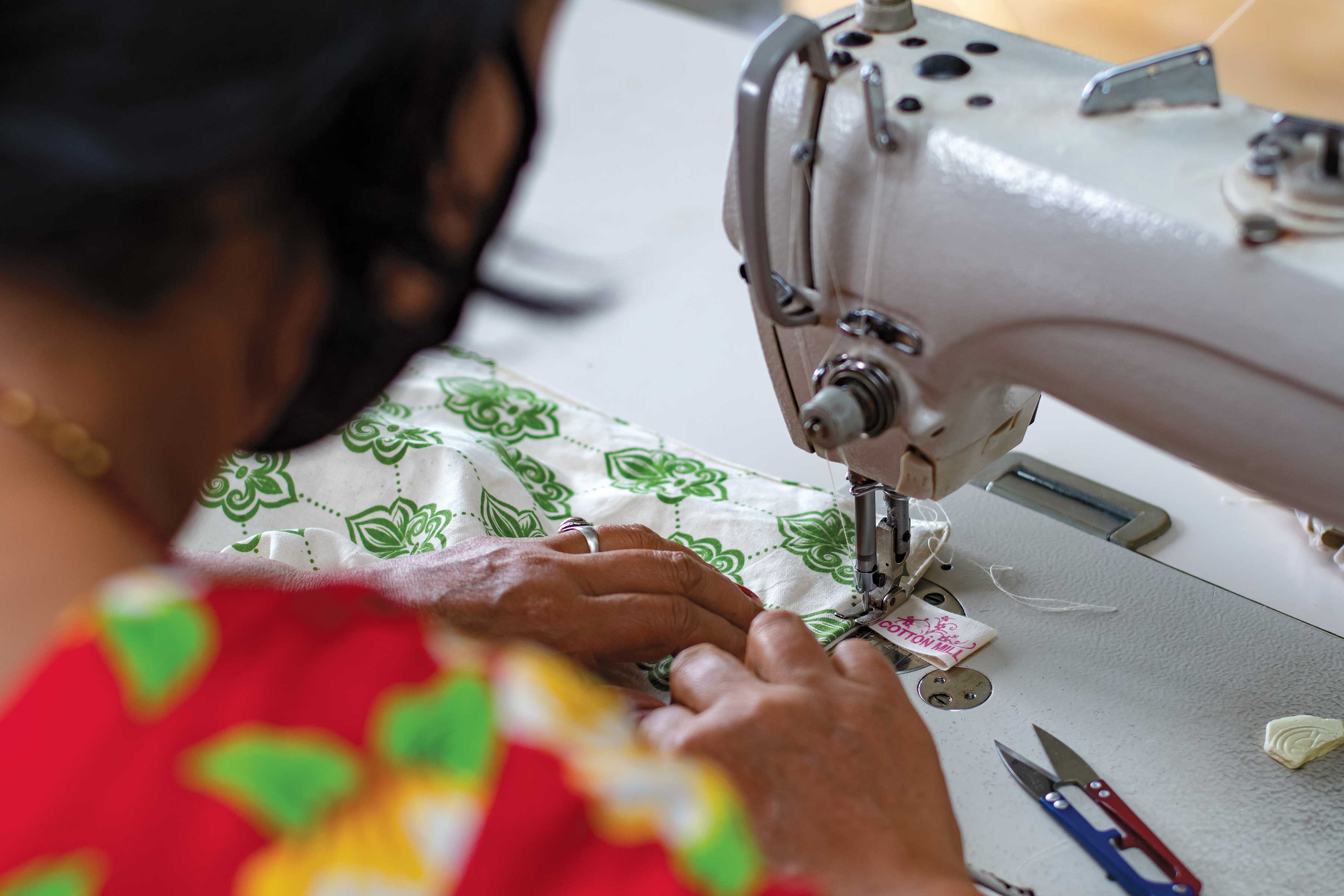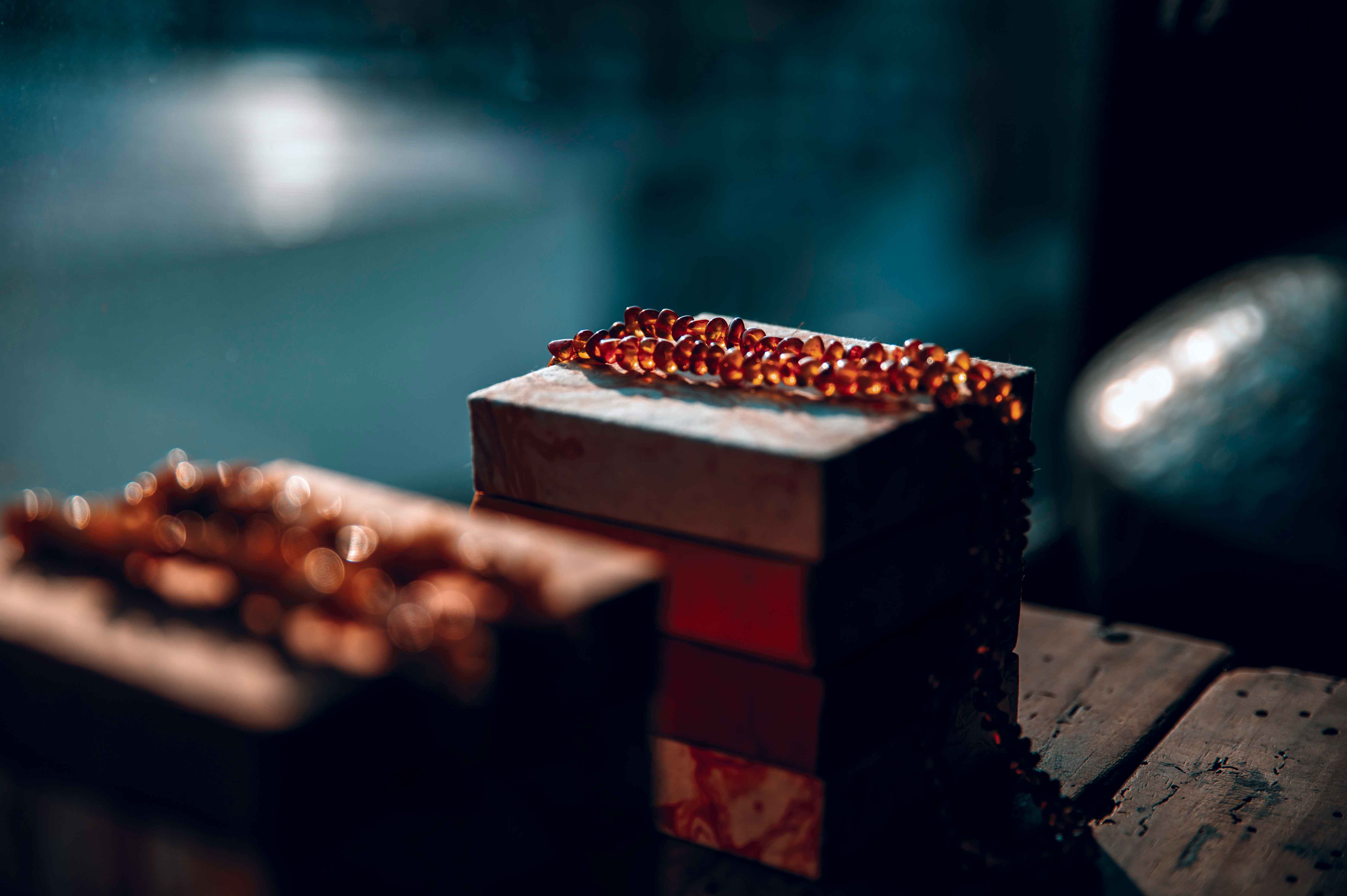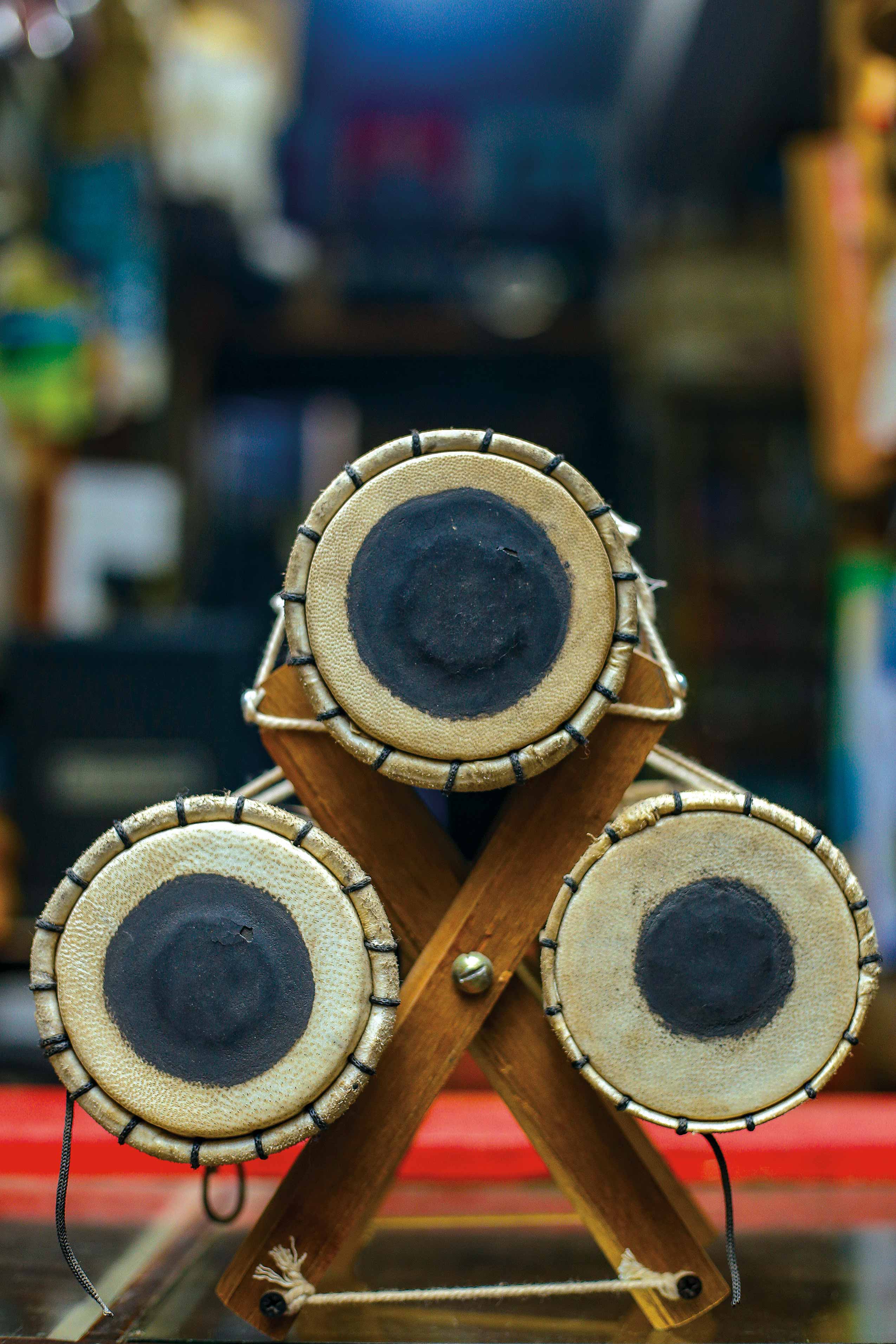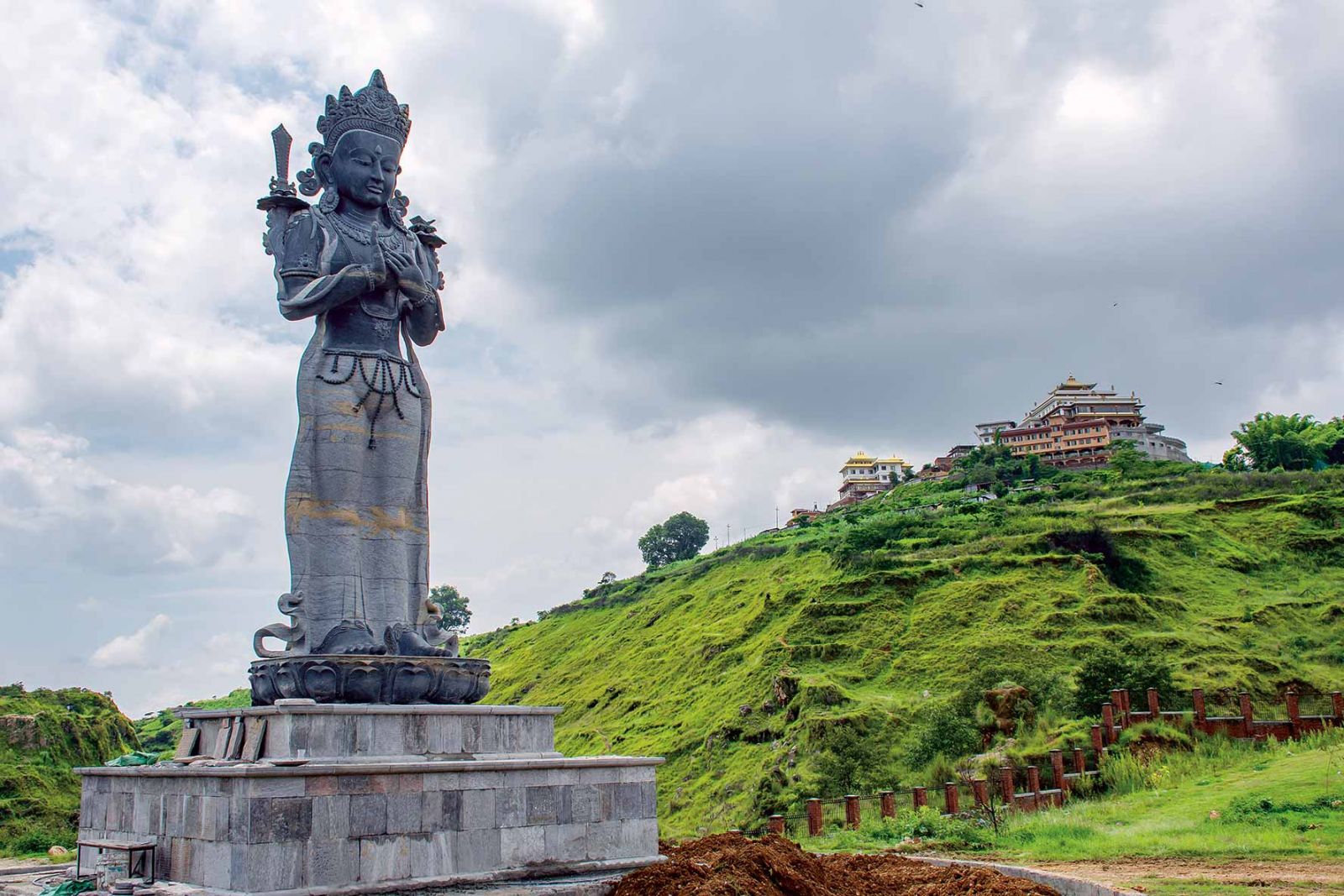
Known as the Boddhisattva of knowledge, there are few who aren’t familiar with Manjushree. From children to grandparents, everybody seems to know the fascinating story of how the Kathmandu Valley was once a lake where powerful serpents lived. According to Buddhist scriptures, eons ago, an exquisite, radiant lotus appeared on the surface of the lake. Manjushree cut a gorge at Chobar to allow the lake to drain; the place where the lotus flower settled is the site of the Swayambhu Stupa. In this way, the valley became habitable, and a chaitya was constructed near Swayambu, where a stone-plate with his footprints engraved on it is enshrined and worshiped, especially on the day of Shree Panchami.
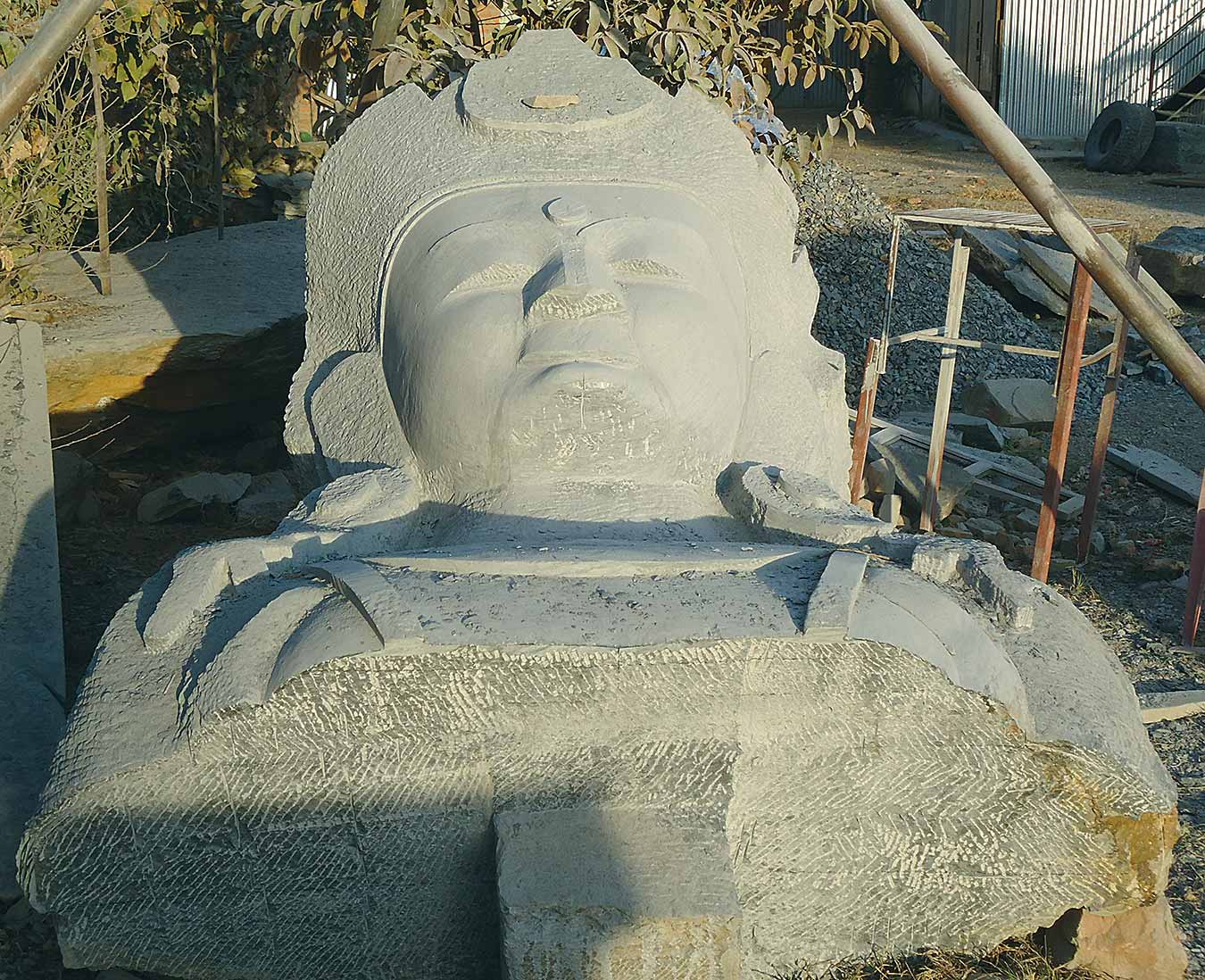 Far south of the city is a beautiful hill overlooking the Bagmati River where it flows through the Chobar Gorge. The place itself is interesting, with a village surrounded with a tangle of old temples and Manjushree Park. The place is less populated than Kirtipur and has the air of a place that history has passed by. Yet it is more important than you might imagine, and owes its fame to the tale of Manjushree slicing the ridge.
Far south of the city is a beautiful hill overlooking the Bagmati River where it flows through the Chobar Gorge. The place itself is interesting, with a village surrounded with a tangle of old temples and Manjushree Park. The place is less populated than Kirtipur and has the air of a place that history has passed by. Yet it is more important than you might imagine, and owes its fame to the tale of Manjushree slicing the ridge.
“If you can imagine the state of Chobar ten years ago, it was like a dry land—it has flourished in its current state, though,” says Sujendra Shrestha, the project coordinator for the Manjushree statue. “After the cement factory closed down, the place became a silent hill. Chobar is a beautiful place but compared to other cities the development pace in this area is slow. But we are blessed with the beautiful gorge and story of how Manjushree came to the valley, a tale that has been passed on for generations.”
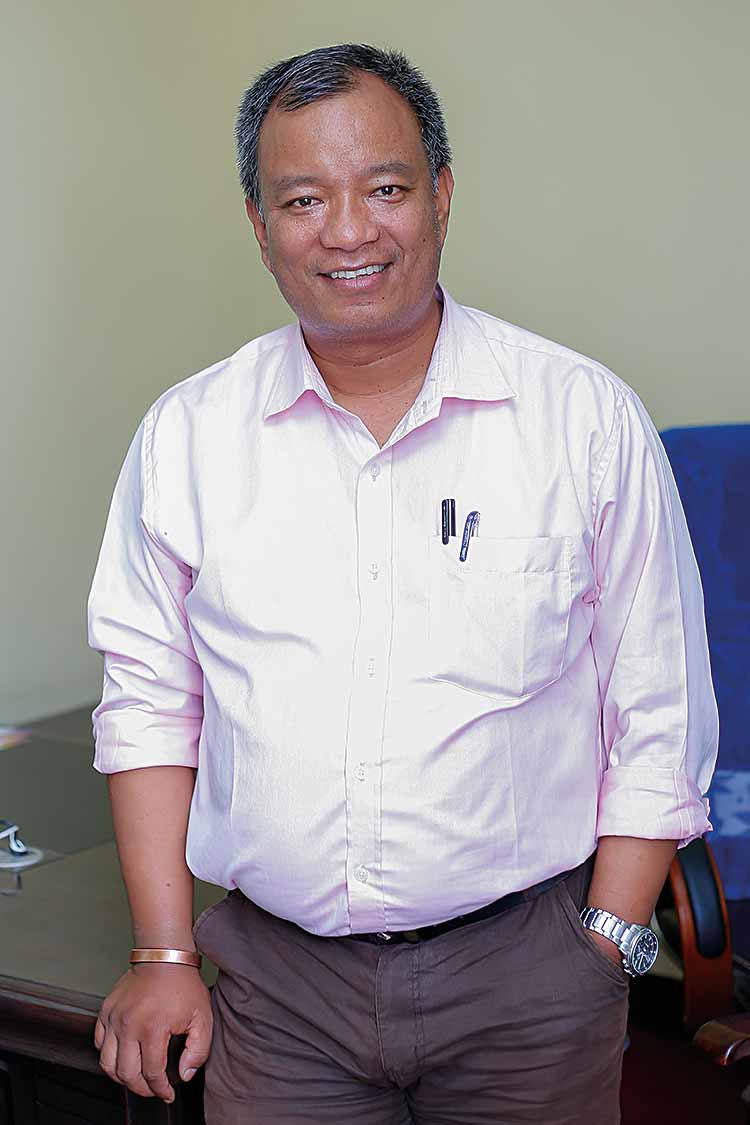
He shares that the idea for building the structure came from a group of committee members in the local community: they wanted to create a place which would attract local as well as international visitors. As brainstorming plays a major role before creation, they started to look for the essence of Chobar: “What makes the place stand out, what historical memories does it hold?” As we all know that the Kathmandu Valley began from Chobar they thought of making a park and a small statue of Manjushree. “Since rocks were easily available from Pharping, it was then decided to make a bigger statue. Before the project started, it took a year to actually make a solid plan and the members also required stakeholder consultations. So the project started formally in 2066 BS (2009) but only after three years did the cutting and carving of the statue begin,” says Sujendra Shrestha.
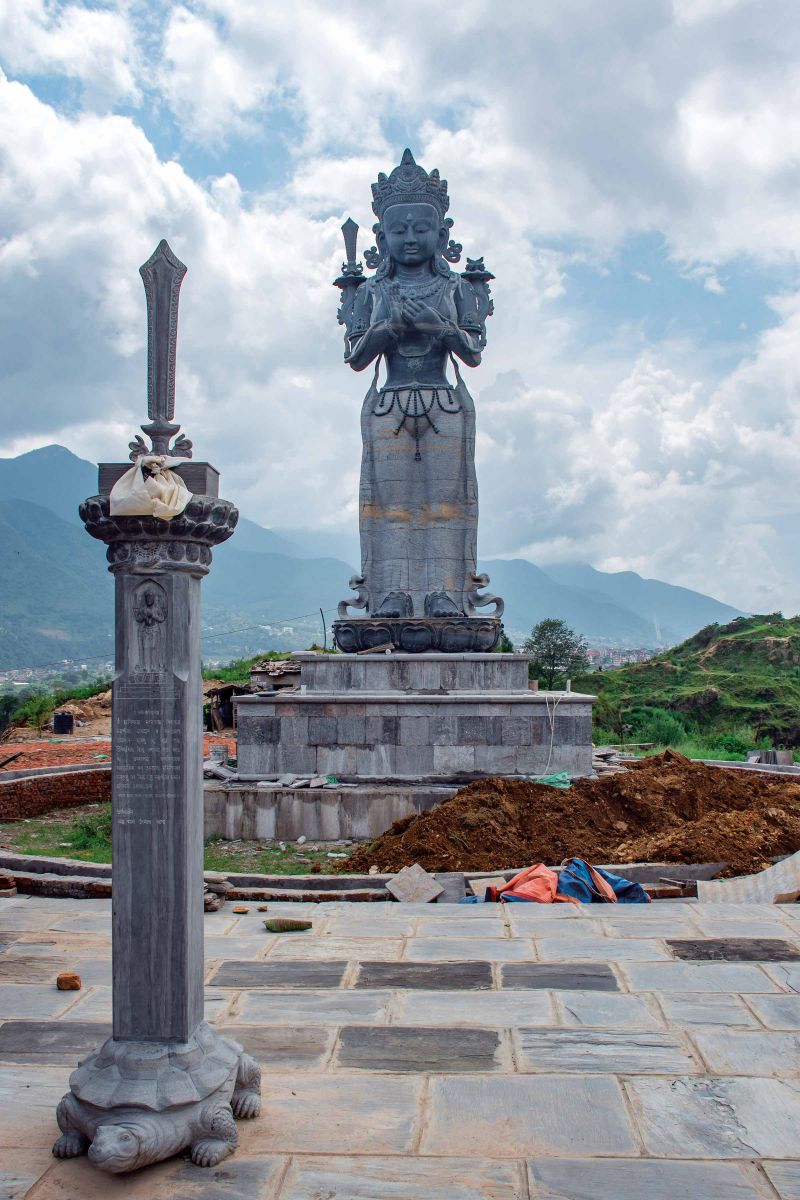
When community members came up with the idea to install the statue, they approached Shukra Sagar Shrestha, from Khokana, as an adviser. “He believed that when you’re investing your time, energy and effort into something, it has to be eye-catching; we need to give people a reason to visit Chobar.” After several discussions, the team came up with the idea to erect one of the tallest stone statues in Nepal.
Shukra Sagar Shrestha started looking for Manjushree statues that represented Nepalipan. In Taishan, China, there are Manjushree statues made by the great artist Arniko, and so he visited China with the intention to look for as many Manjushree statues as he could find. He made many observations, did quite an amount of research work, as well as studying the available literature about Manjushree in Nepal before producing the final design of the statue. The original plan was to build the statue with a single stone as the stone quarries were near the location, but in the end they decided to make the statue piece by piece before assembling it on site.
“Making decisions for the smallest things was one of the biggest struggles for us. Deciding the face of Manjushree, the size, and the technical difficulties were always in our minds. But luckily we did not have to try too hard to find an artist. One afternoon when we were taking a stroll around Khokana, we saw a stone workshop and a man who was carving there. On the basis of what we saw, we got his phone number and had a team of technical people come to assess his work. Academically and traditionally a strong stone carver, veteran sculptor Chandra Shyam Dangol and his crew of ten people were then commissioned to sculpt the Manjushree statue,” Sujendra Shrestha adds.
Standing tall at 33 feet and made from stone, the statue’s ability to withstand jolts from an earthquake was a major concern for the team. If they had opted for the more common way of putting the pieces together bonded by chemicals it would’ve been quicker, but since the statue is a huge investment, they firmly believed it was better to take things slower with a reliable plan. Sujendra Shrestha says, “To make the statue earthquake proof, each stone is held together by two thick rods on each side of the pieces in the entire figure, which will make the sculpture stand strong and tall.”
He looks forward to Chobar becoming a regularly visited tourist destination, a must-see place for valley visitors, particularly those interested in heritage and history. “This place is breathtaking; you can sip tea and watch the sunset with the Chobar Gumba behind you, amid lush green trees, fresh air and a sound environment to calm your senses. And now a new reason to visit Chobar is definitely the Manjushree statue that is clearly visible above the road to the gorge.”


